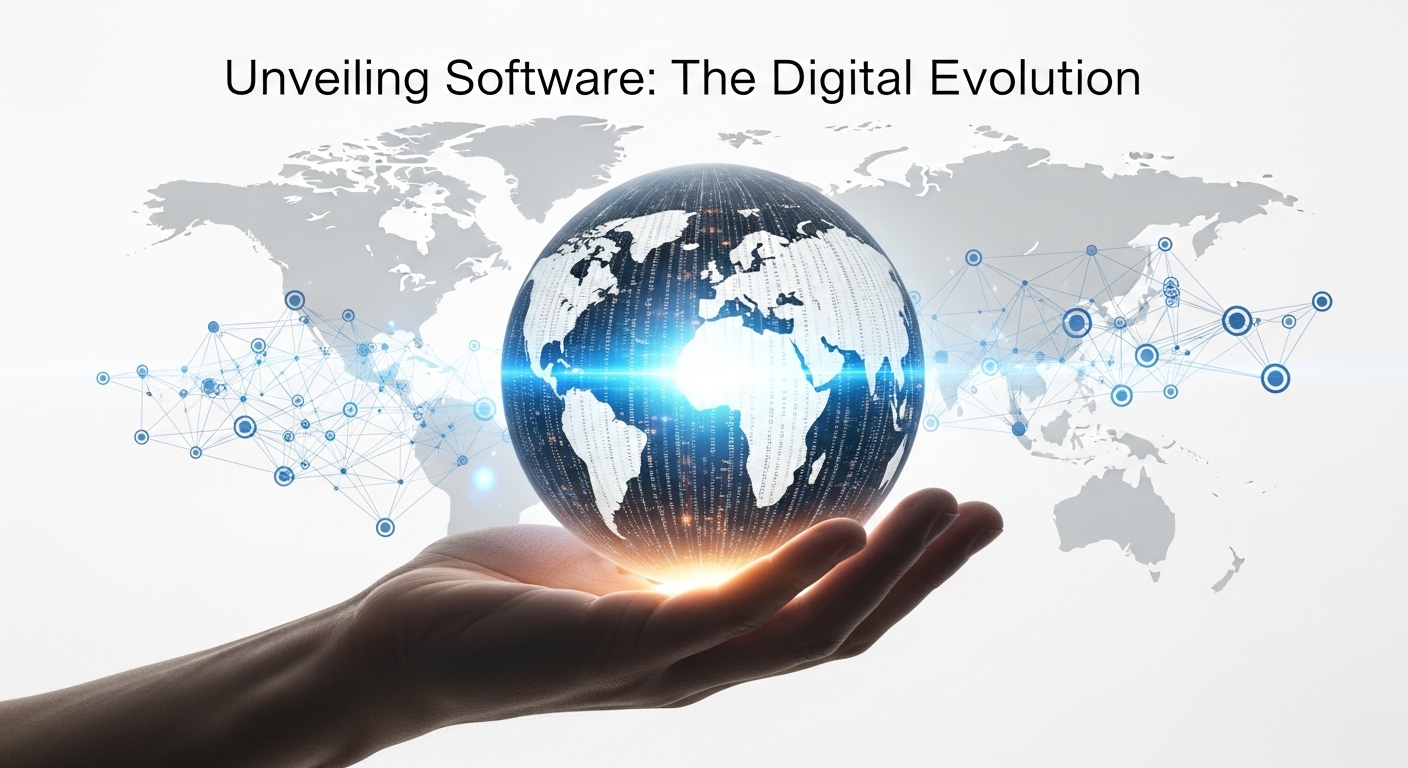Software: The Digital Backbone of Modern Society
In today’s interconnected world, software plays a pivotal role in shaping how we live, work, communicate, and entertain ourselves. From the apps on our smartphones to the complex systems running behind the scenes in industries like finance, healthcare, and transportation, software is the invisible thread that ties it all together. In this blog post, we’ll delve into the fascinating world of software, exploring its history, significance, applications, and future trends.
### The Evolution of Software
The story of software dates back to the early days of computing when programmers used punch cards and assembly language to write instructions for the first computers. Over the decades, software development has evolved rapidly, with the development of high-level programming languages, integrated development environments, and collaboration tools that have made it easier for developers to create and maintain complex software systems.
One of the key milestones in the history of software was the advent of the graphical user interface (GUI) in the 1980s, which revolutionized how users interacted with computers. This innovation paved the way for the development of user-friendly applications that could be used by a wider audience, leading to the proliferation of personal computing.
### The Significance of Software
Software is the driving force behind digital transformation, enabling businesses to streamline their operations, reach new markets, and deliver innovative products and services to customers. From customer relationship management systems to e-commerce platforms and analytics tools, software has become essential for organizations looking to stay competitive in today’s fast-paced digital economy.
Moreover, software has democratized access to information and knowledge, empowering individuals and communities to connect, collaborate, and create in ways that were previously unimaginable. Social media platforms, online learning tools, and open-source software projects are just a few examples of how software has transformed the way we communicate, learn, and work together.
### Applications of Software
The applications of software are virtually limitless, spanning across industries and domains. In healthcare, software is used to manage patient records, conduct medical research, and even assist in surgical procedures. In finance, software powers trading algorithms, risk management systems, and mobile banking apps that enable secure and convenient transactions.
The entertainment industry relies heavily on software for creating immersive gaming experiences, special effects in movies, and streaming services that deliver content to audiences around the world. Transportation systems, energy grids, and smart cities are also leveraging software to optimize operations, reduce carbon emissions, and enhance the quality of life for residents.
### Future Trends in Software
Looking ahead, the future of software is filled with exciting possibilities. Artificial intelligence and machine learning technologies are poised to revolutionize how software systems are designed, developed, and deployed. Automation tools and cloud computing platforms will continue to drive efficiency and scalability in software development processes.
The Internet of Things (IoT) is opening up new opportunities for software to connect devices, sensors, and machines in a seamless network, enabling real-time data analytics and predictive maintenance capabilities. Blockchain technology is transforming how transactions are verified and secured, offering new possibilities for decentralized applications and digital currencies.
### Conclusion
In conclusion, software is the backbone of the digital age, powering the technologies that shape our world and drive innovation across industries. As we navigate the complexities of an increasingly interconnected and data-driven society, it’s clear that software will continue to play a central role in shaping the future of how we live, work, and interact with one another. Embracing the potential of software to solve complex problems, improve efficiency, and create new opportunities will be crucial in unlocking the full potential of the digital revolution.

